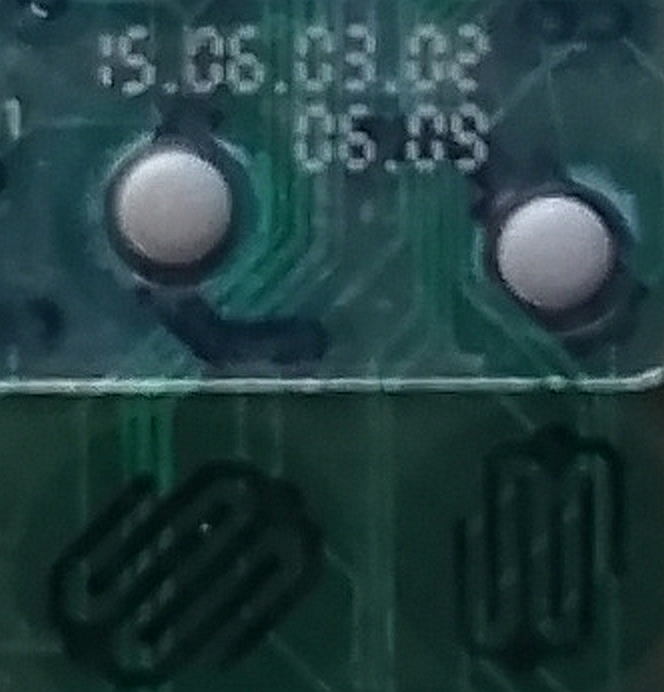Post History
It is interesting to see how they deposited these carbon electrodes over solder mask and copper traces both under the button foil switches and membrane switches alike which offer more tactile feel....
#2: Post edited
- It is interesting to see how they deposited these carbon electrodes over solder mask and copper traces both under the button foil switches and membrane switches alike which offer more tactile feel. Both offer capacitance changes to non-conductive switches. The membrane switches are mounted on their own clear insulator laminate.
- All sensors are configured in a matrix for typical scanning mode typically by a single IC interfaced to a low-budget uC.
- The advantage of capacitance switches are better reliability and silent operation except for the sealed membranes which give better tactile feel. Using an audio range signal the sensor IC easily detect the reflection of signals when the gap is reduced < 1mm with programmable sensitivity.
How they chose the need for tactile membranes over the printed fingers must have been based on the frequency of fast operations to reduce false negative operations with the benefit of tactile response.
- It is interesting to see how they deposited these carbon electrodes over solder mask and copper traces both under the button foil switches and membrane switches alike which offer more tactile feel. Both offer capacitance changes to non-conductive switches. The membrane switches are mounted on their own clear insulator laminate.
- All sensors are configured in a matrix for typical scanning mode typically by a single IC interfaced to a low-budget uC.
- The advantage of capacitance switches are better reliability and silent operation except for the sealed membranes which give better tactile feel. Using an audio range signal the sensor IC easily detect the reflection of signals when the gap is reduced < 1mm with programmable sensitivity.
- How they chose the need for tactile membranes over the printed fingers must have been based on the frequency of fast operations to reduce false negative operations with the benefit of tactile response.
- 
#1: Initial revision
It is interesting to see how they deposited these carbon electrodes over solder mask and copper traces both under the button foil switches and membrane switches alike which offer more tactile feel. Both offer capacitance changes to non-conductive switches. The membrane switches are mounted on their own clear insulator laminate. All sensors are configured in a matrix for typical scanning mode typically by a single IC interfaced to a low-budget uC. The advantage of capacitance switches are better reliability and silent operation except for the sealed membranes which give better tactile feel. Using an audio range signal the sensor IC easily detect the reflection of signals when the gap is reduced < 1mm with programmable sensitivity. How they chose the need for tactile membranes over the printed fingers must have been based on the frequency of fast operations to reduce false negative operations with the benefit of tactile response.


















